The World of Discoveries
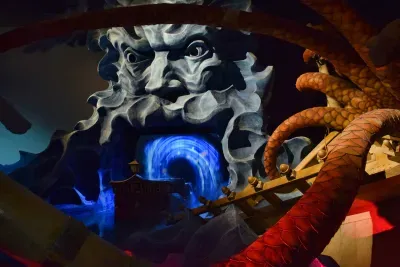
The World of Discoveries is an interactive museum and theme park that re-enacts the odyssey of the 15th and 16th century Portuguese navigators who crossed the oceans to discover a previously unknown world.
The Discoveries propelled mankind into a new global era with new maritime routes allowing people, animals and plants to be transported to Africa, India, China, Japan and Brazil.
At the World of Discoveries you can learn about this about this epic story and the innovations that made it possible. There are a number of interactive displays and twenty permanent theme areas.
Museum of the Sea
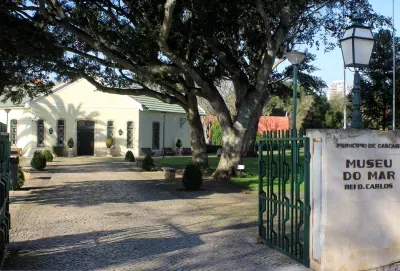
The Museu do Mar, Rei D. Carlos, to give it its full name; or the King Carlos Museum of the Sea is set near the centre of Cascais. It is a modern museum (opened in 1992) that embraces both traditional and modern multimedia style exhibitions.
Much of the museum's content relates to Cascais' relationship with the sea, although a good deal of this applies to the sea in general.
Museu dos Condes de Castro Guimarães
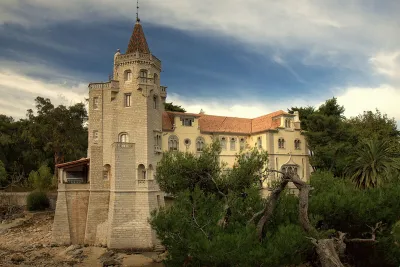
Set within the leafy grounds of the Parque Marechal Carmona is the Museu dos Condes de Castro Guimarães - the museum / library of the counts of Castro Guimarães. The museum is housed in one of the most imposing villas in Cascais, which is also known as the Tower of São Sebastião.
Peniche Fortress

Standing guard at the mouth of Peniche's harbour is the sixteenth century Fortaleza de Peniche (Peniche Fortress). Commissioned during the reign of King João III when this little port was of great strategic importance to Portugal and its empire.
The fortress is built in the typical star shaped form and houses the Santa Bárbara Chapel along with the Sentinel Tower - the first fortification built in the Peniche peninsula.
Museu Militar de Lisboa
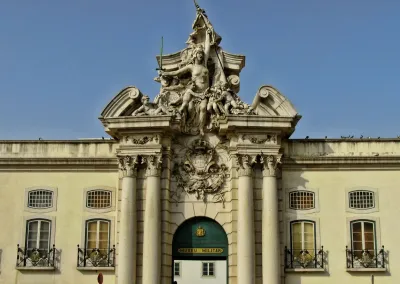
The Museu Militar (Military Museum) in Lisbon is located below the Alfama on the site of a 16th century foundry where amongst other things cannons were cast. Many of the weapons on display now significantly predate these; medieval weapons such as maces, crossbows and lashes; 14th century mortar cannons. The museum's star exhibit is the two-handed sword of Vasco da Gama which stands as tall as a man.
There is a considerable collection representing the 'age of chivalry' with many suits of amour which would have been custom made for the crusading knights and their horses.
Évora Cathedral

Évora's imposing cathedral (Sé Catedral de Évora) is situated in the very heart of the old city and the UNESCO World Heritage site. The oldest parts of the building date back to the 12th century, which was when the Moors were finally driven out by the Christians. As a consequence it is no coincidence that this mighty cathedral has certain aspects which resemble a fortress. Probably most people's first view of the cathedral is the façade which looks out over the Évora's main square.
Santa Marta Lighthouse and Museum
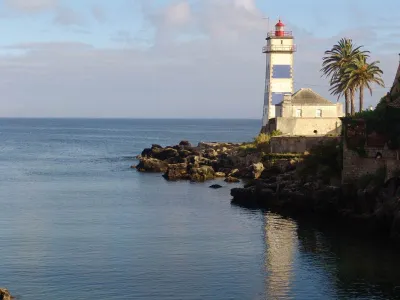
The easily recognisable Santa Marta lighthouse stands on what was once the southern tip of Cascais (the marina now extends beyond the point). Built in 1868 on the site of a 17th century fort the lighthouse only came into operation after the site was stripped of its military status.
Santa Marta's distinctive blue and white striped tower stands at 8 metres (25ft) tall and still stands guard over the mouth of the Tagus. Until 1981 it was manned continuously by lighthouse keepers, however these days the light is automated.
Museu de José Malhoa
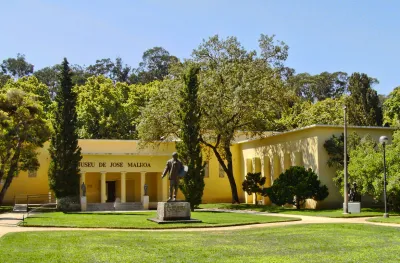
The Museu de José Malhoa (José Malhoa Museum) is situated in the grounds of the beautifully landscaped Parque Dom Carlos I. As the name suggests it is home to the largest collection of Caldas da Rainha born painter, José Malhoa.
José Vital Branco Malhoa (1855-1933) is recognised as the most influential naturalist painter of the late 19th century. His work depicts Portuguese life, often rural, at the time with unrivaled skill.
Livraria Lello and Irmão
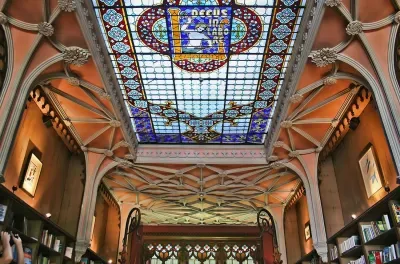
Clock Museum
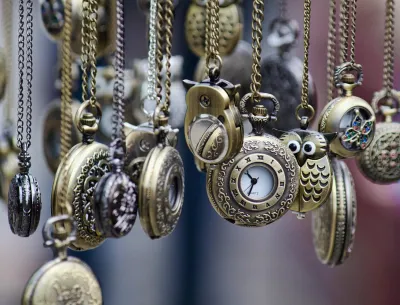
Housed in a Manueline styled convent building is the Museu do Relógio. The collection contains 1600 watches some dating back 400 years.
The museum dates back to 1995 when António Tavares d 'Almeida (1948-2012) put his display of around 400 restored clocks on display to the public. This fascination with clocks and watches dates back to 1972 when he inherited three broken pocket watches from his grandparents. From that point on, the collector searched for watches all over the country and world, with a view to restoring them and adding to his collection.